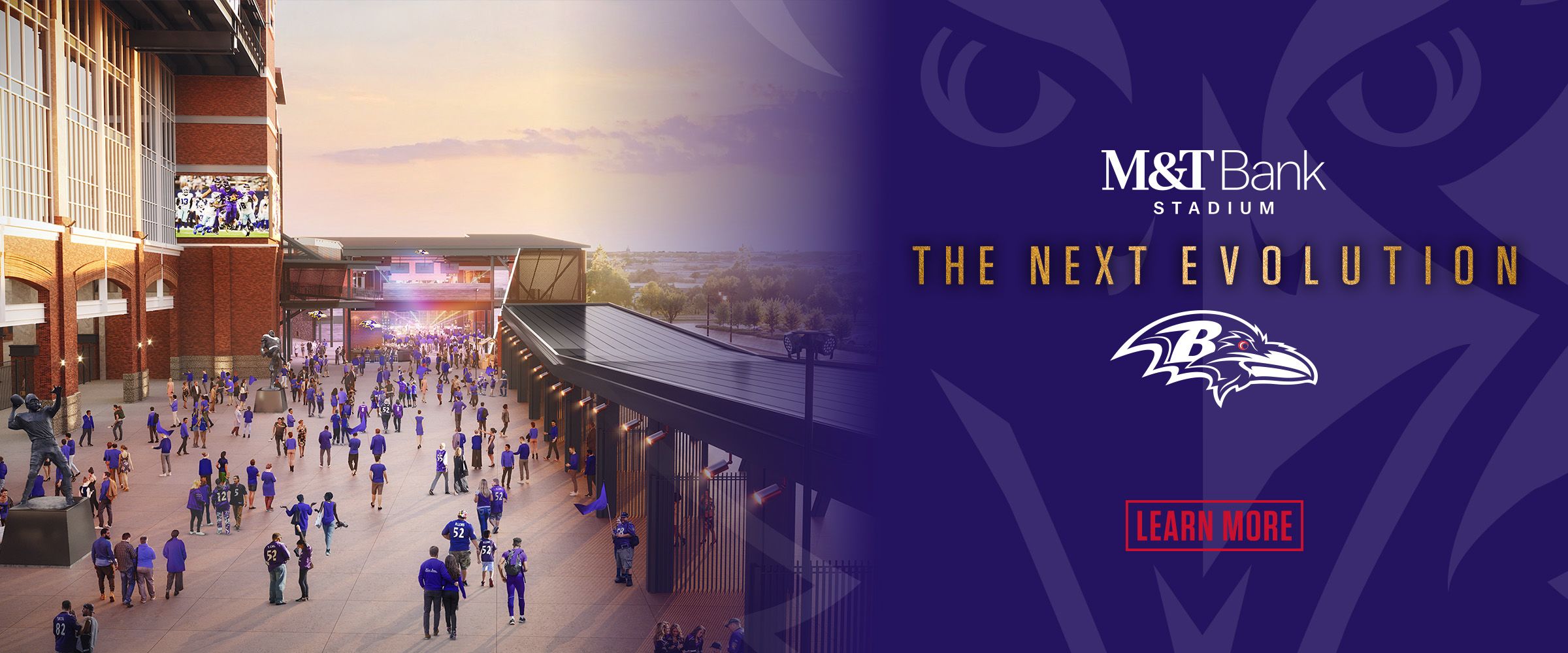I'm pretty sure the Michael Crabtree signing has the Ravens and their fans feeling a lot better about what I've been calling the "wide receiver project," otherwise known as the Ravens' attempt to upgrade Joe Flacco's targets and improve their passing game in 2018.
Until the Ravens locked up Crabtree last Friday, all they had done at the outset of free agency was sign John Brown, who caught 21 passes last season, and make a startlingly large offer to Ryan Grant -- a non-starter with less than a thousand career receiving yards – that they rescinded when he failed his physical.
It was hard to see the pass-catching corps taking steps in the right direction until salary cap-style fate intervened.
The Oakland Raiders surprisingly cut Crabtree in order to sign Jordy Nelson, and the Ravens immediately swooped in and grabbed him, correctly envisioning themselves as an ideal fit for what Crabtree brings – a long history of playing tough and making big catches.
As the deal was struck, you could practically hear the sighs of satisfaction, perhaps tinged with relief, emanating from the Under Armour Performance Center. This was what the team's decision-makers had in mind when they talked about getting better at receiver.
But it doesn't mean the Ravens can now sit back and focus on filling other needs such as a pass-catching tight end. They aren't finished with the wide receiver project.
Although Crabtree greatly improves the group, he turns 31 in September and has averaged 10.9 yards per reception over the past three seasons, which is a yard below his career average. So while it's clear he's a vital puzzle piece, expected to move the chains and challenge defenders in the red zone, he isn't necessarily your prototypical big-play, deep-threat, No. 1 receiver.
The Ravens still need more new blood, in other words: at least one receiver and possibly two, seeing as Crabtree is the only one of their current crop who put up decent numbers in 2017.
And ideally, one of the still-to-be added receivers would be a young guy with the potential to become a No. 1.
That's code for a high draft pick, and if you ask me, yes, receiver remains the Ravens' top need. If they end up using their first pick, the No. 16 overall selection, to take a receiver such as Alabama's Calvin Ridley, that would be swell.
Ridley is regarded by some analysts as this year's only receiver worthy of a first-round pick, and his stock was so high a few months ago that the Ravens didn't think he'd still be around at 16. The league's fever for him may have cooled ever so slightly when he didn't pop eyes at the Combine, but he remains a top prospect and now the chances of him being available at 16 are better.
Meanwhile, several other receivers, including Maryland's D.J. Moore, inserted themselves in the high-pick conversation with strong combine performances.
One way or another, the Ravens need to come away with a young receiver who can contribute in a big way, hopefully sooner rather than later. A top rookie, Crabtree and Brown would give the receiving corps a new look, with holdover Chris Moore still penciled in for a role and Breshad Perriman, Tim White, Quincy Adeboyejo and DeVier Posey also in the mix.
Since it's the rare rookie receiver who comes in and immediately establishes himself as a No. 1, everyone would need to take a deep breath and understand that the Ravens probably would be without a prototypical No. 1 in 2018.
But their hope would be that it's a temporary situation and their 2018 rookie quickly becomes that guy.
Honestly, the draft is just about the only way to add a No. 1. They're so valued that they seldom hit free agency, and the ones who do usually are available for a reason, i.e., an injury or some issue.
The Ravens' inability to hit with first-round receivers is well-documented, but that history is no reason to stop trying now. They still need more playmakers, even with Crabtree in the fold, and the best way to address that need is to keep drafting receivers.



















